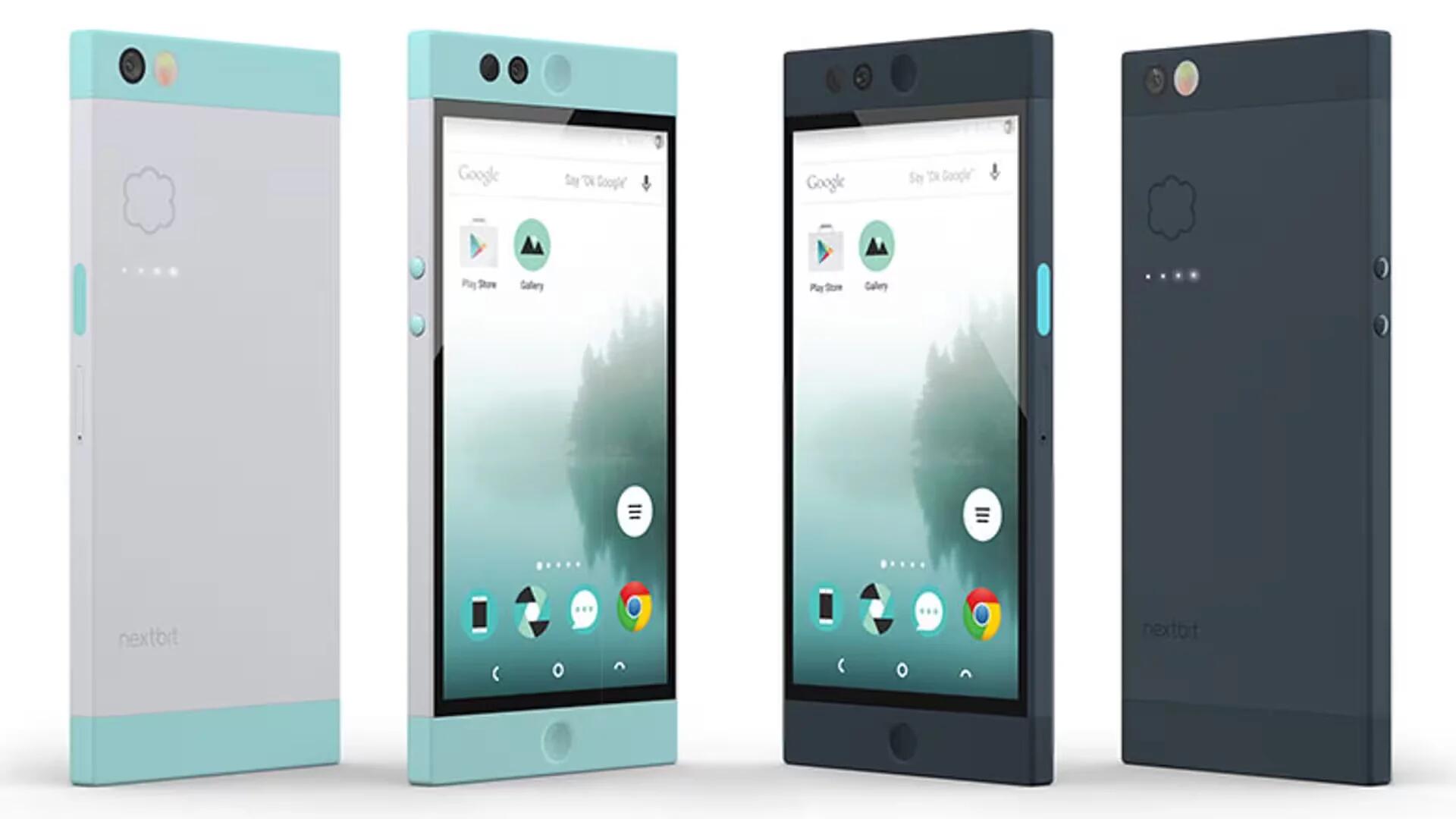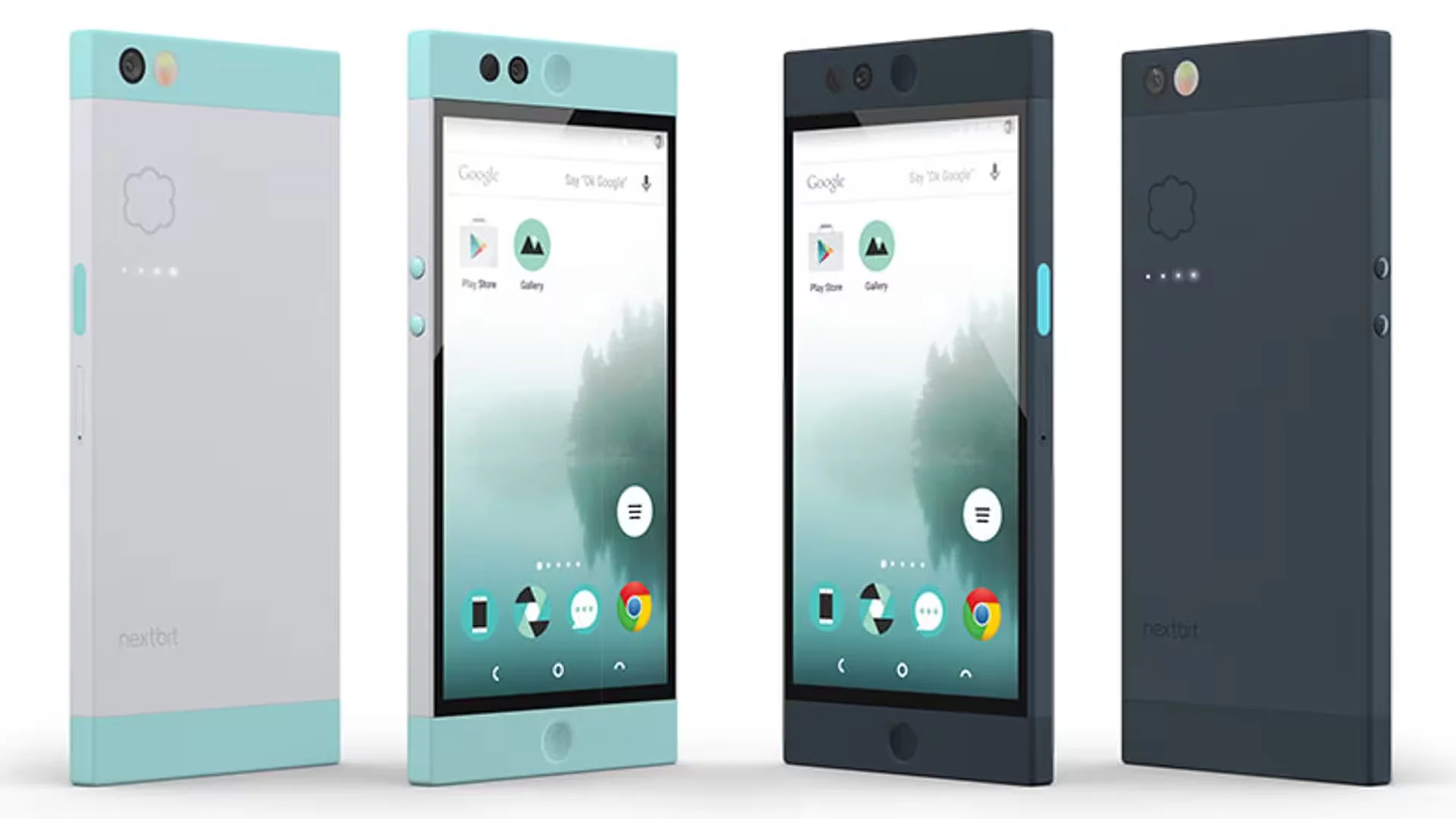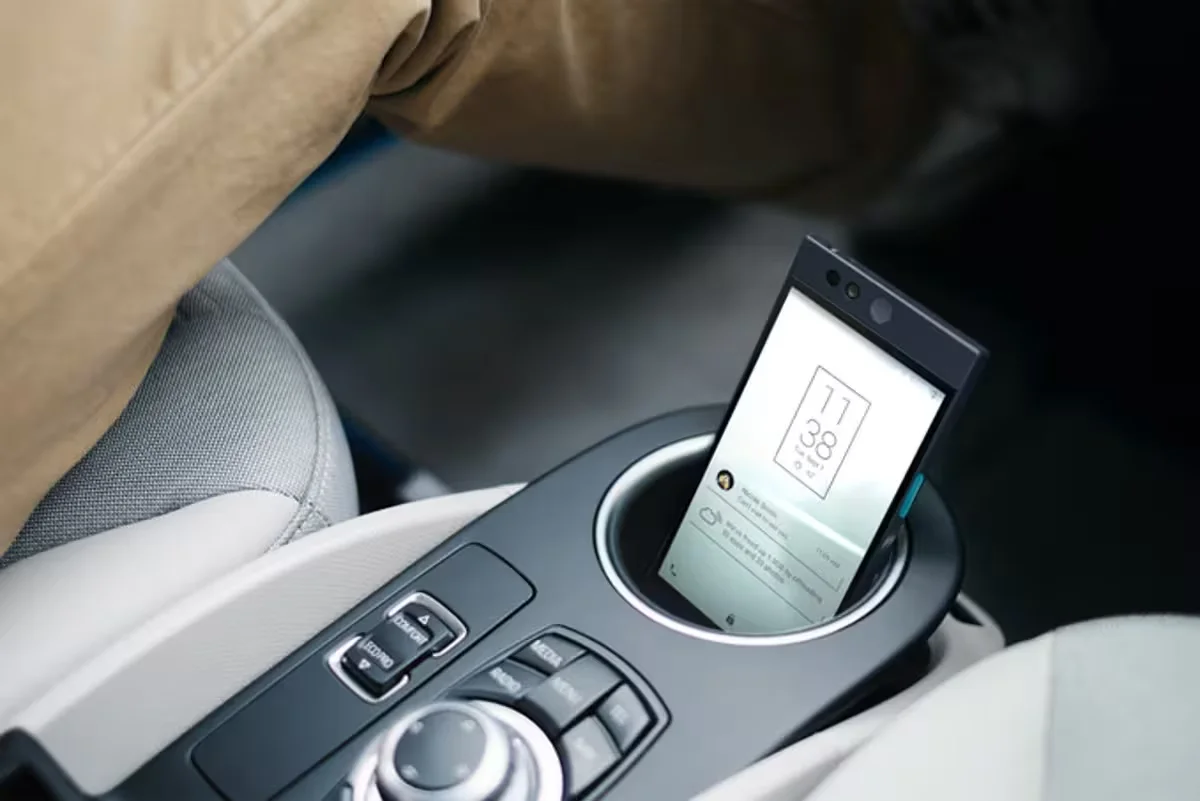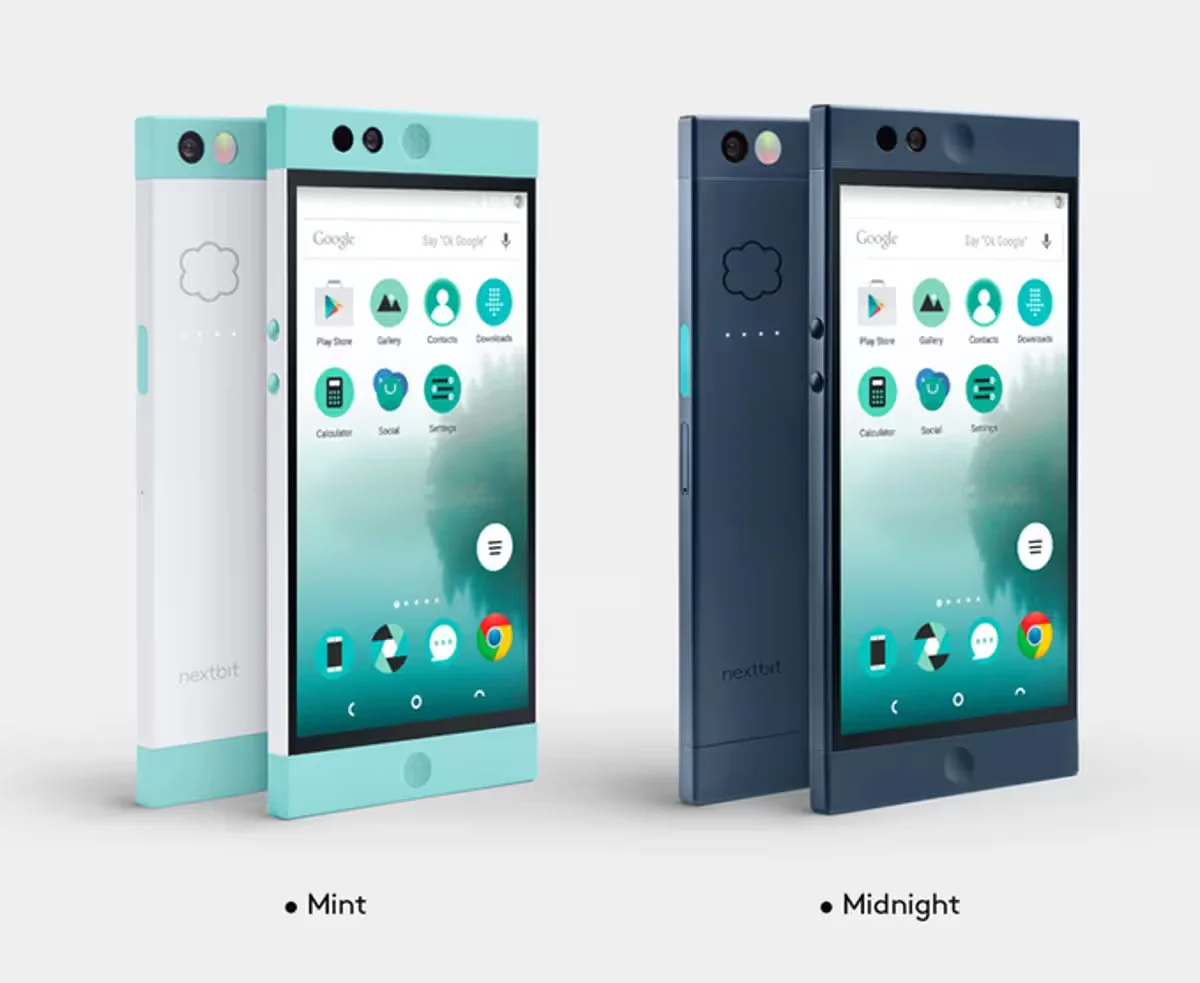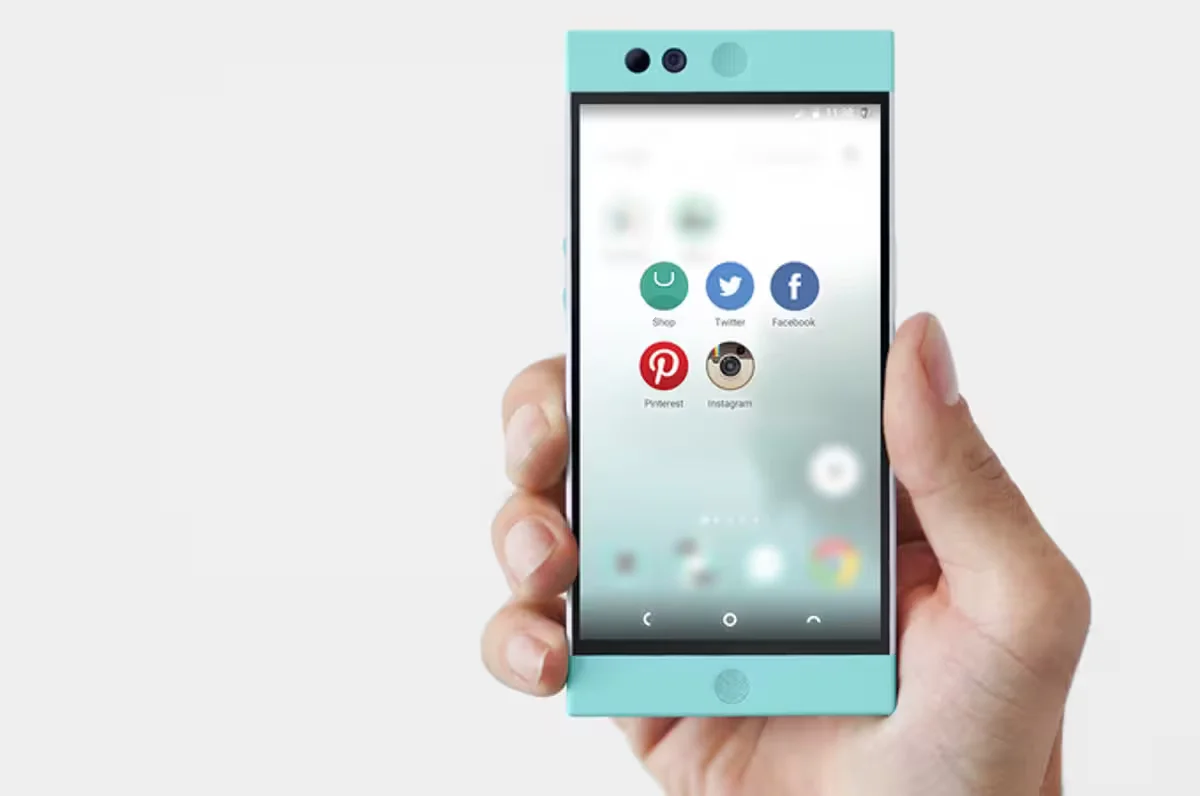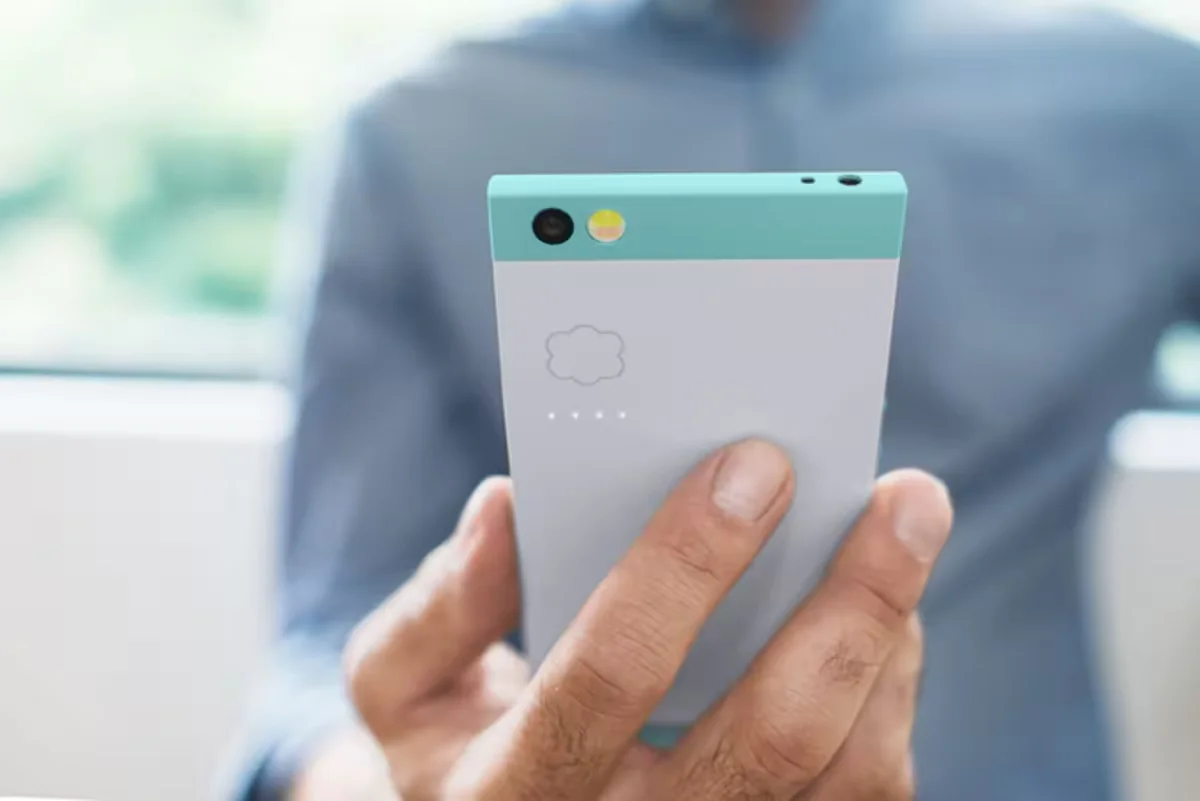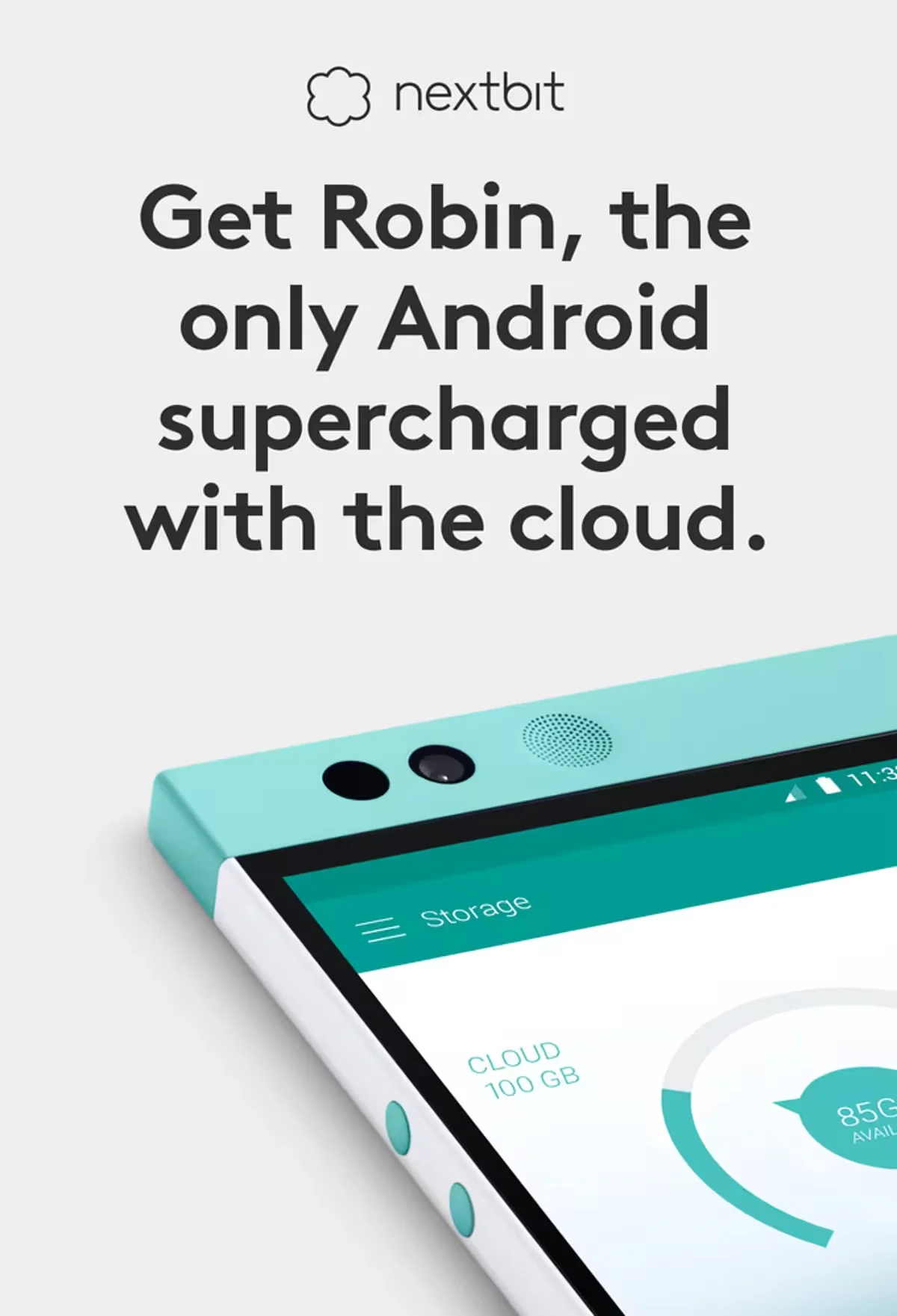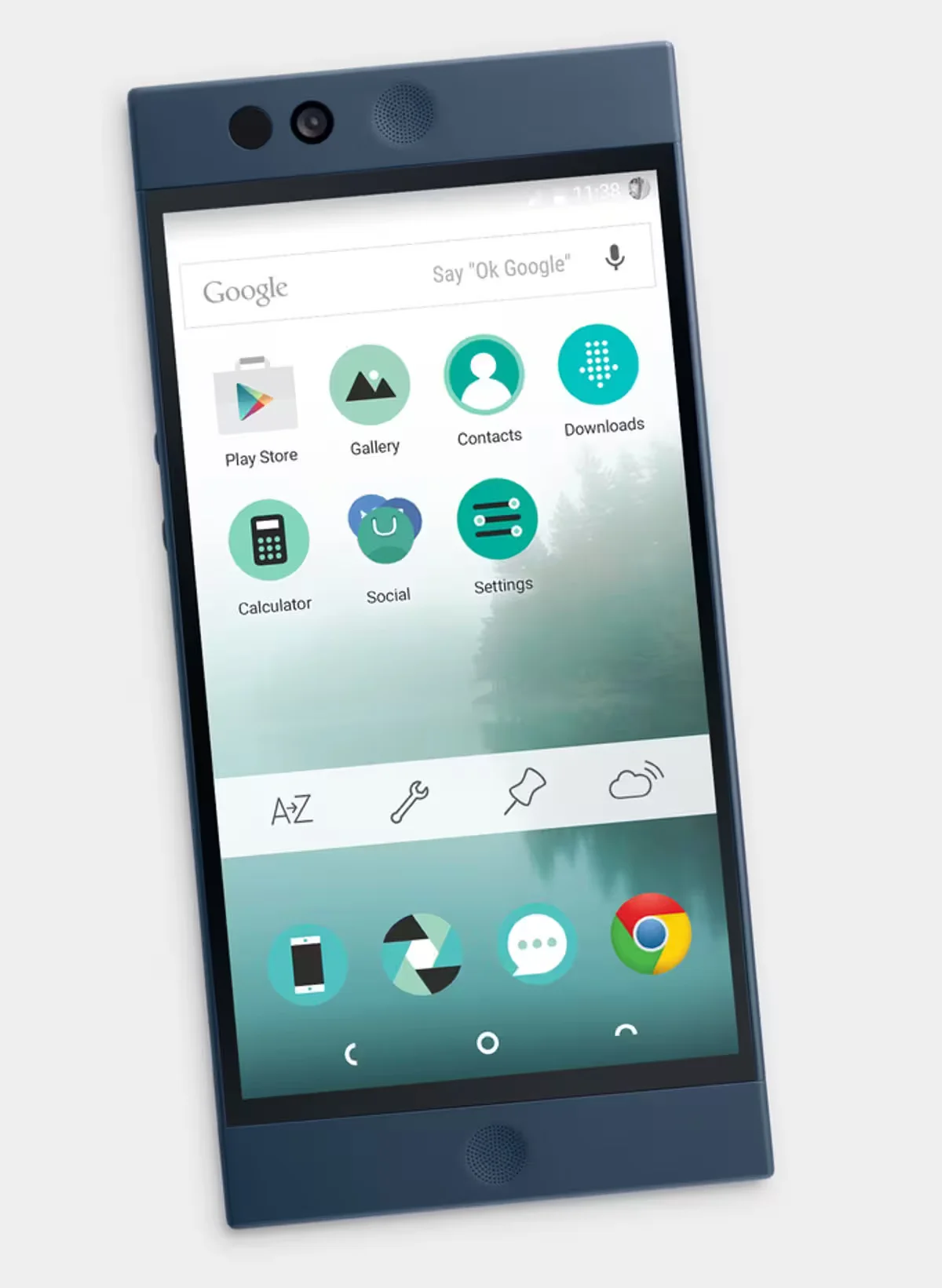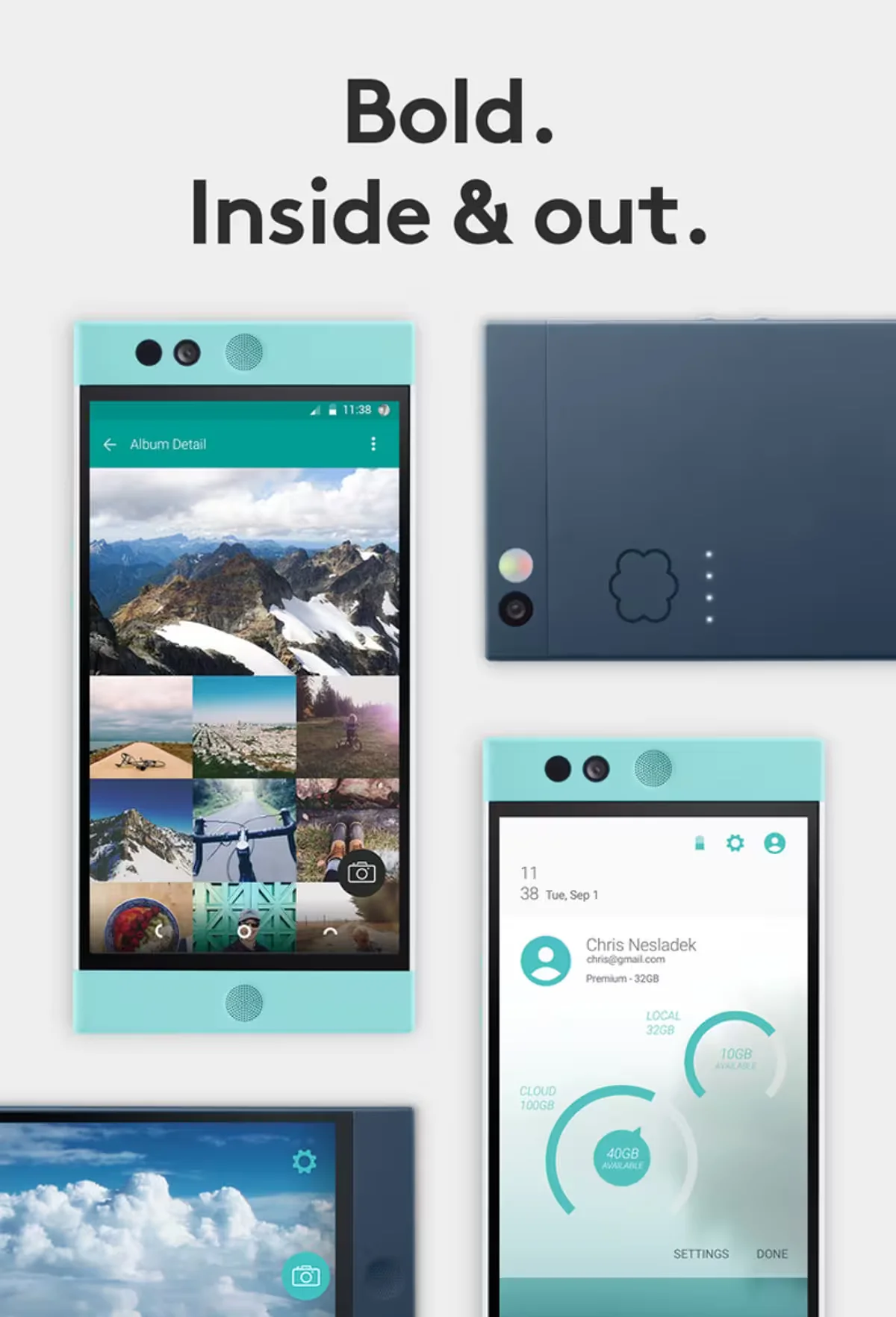Nextbit, a new company led by a former head of partnerships for Android in its early years, is looking to bring the cloud to your phone in a completely new way. The Company today took to Kickstarter to announce and fund their unconventional smartphone Nextbit Robin.
With Apple and Samsung dominating the smartphone industry, there are dozens of companies around the world fighting for space in consumers’ pockets. Different companies use different strategies to try to separate their products from the pack, but largely, most companies hit the same notes. Since Samsung and Apple dominate the high end, other companies compete on price. Interestingly, Nextbit is planning to break through the smartphone market not through price, but by addressing one of smartphone users top pain points in a new and creative way – by moving storage to cloud, so users will never run out of memory to store files.
A number of big names in the mobile space founded Nextbit. CEO Tom Moss was formerly an executive on the Android team at Google, and he is a founding board member at Cyanogen. CTO Mike Chan worked as an engineer on Google’s Android team and then spent time at Motorola, and chief design and product officer Scott Croyle is the well-known name behind HTC’s One M7 and M8.
Nextbit started because we really wanted to … we felt anxious and a little bit bored with the progress being made at the operating system level in both Android and iOS,
Nothing’s really changed. Yeah, UIs improved, but these are things that are not necessarily new.
Robin definitely is new. However, at the same time there is something very familiar about it. A stylish block of poly-carbonate with a 5.2-inch display inside. The front-facing stereo speakers stand out, as do the over-sized sensors and front-facing camera. According to Scott Croyle, the idea was to do something nobody else has done from that design standpoint.
Nextbit Robin is a phone that is definitely trying to look cool. The phone looks retro with its overall design and in its choice of colors, which mint on white and midnight black with blue accents.
The desire for uniqueness goes into the details as well. You see it in the volume button on the side of Robin as a two very separate and distinct buttons. The power button’s over on the right and it doubles as the fingerprint scanner, which is new considering fingerprint scanner is usually present in the physical home button. On the back of Robin, you will find four LED lights that look like they are straight off an external battery. They will light up when Robin is doing its cloud thing.
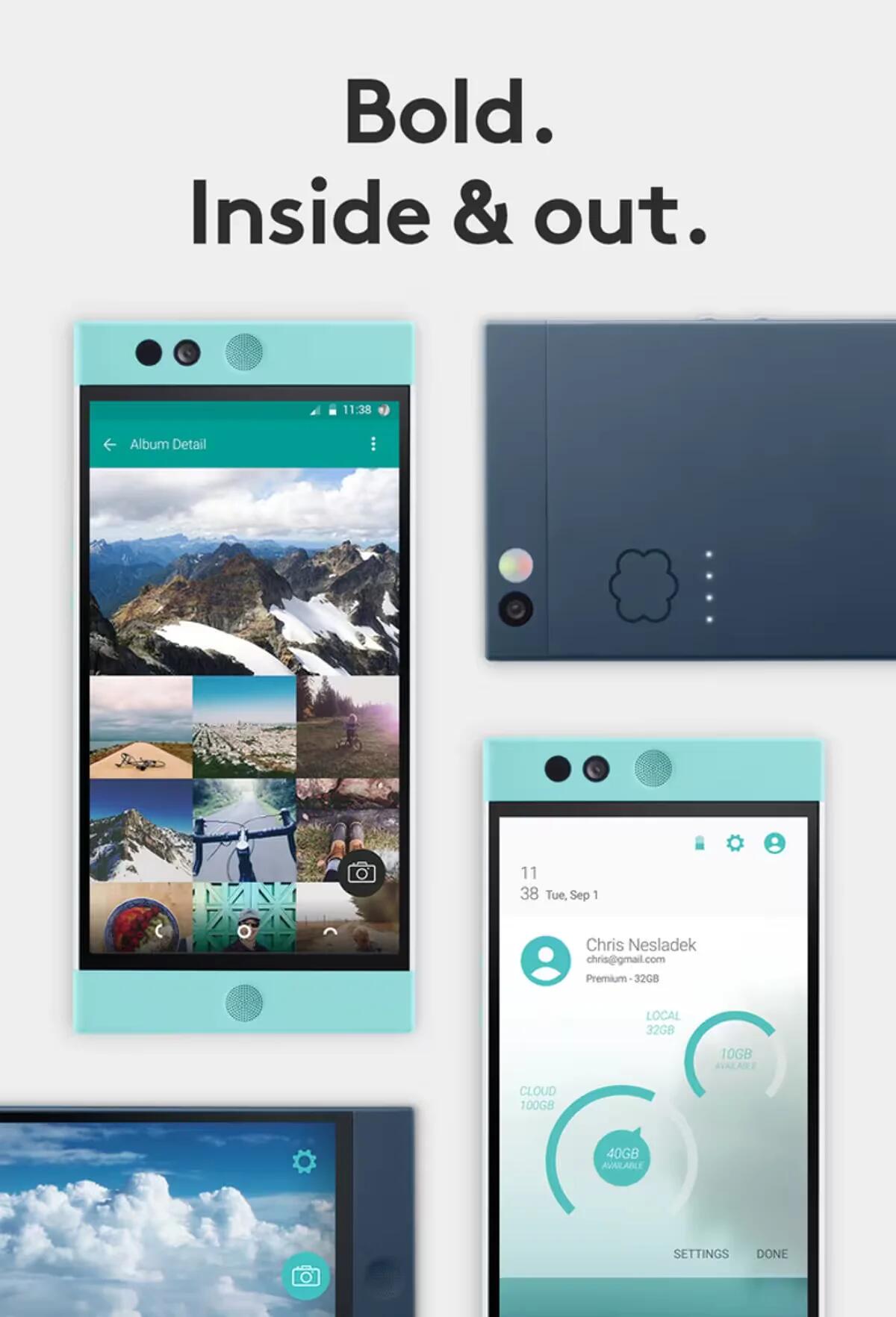
Most of us have run into issues with free storage on our phones, and Robin tries to solve the problem of storage in a brilliantly simple way. Robin will monitor your apps and files and intelligently move them to the cloud to make room for new data. The Robin also learns as you use it and will only move items that you rarely use to the cloud, and it only does when you need more storage.
Robin comes with 32 gigabytes of internal storage, which we all know is the minimum for any phone that is not low-end. To counter storage problems, Robin looks at your apps, and when it spots, something that you have not used in a while it will back up the APK data to its cloud, leaving your personal application data locally on the phone. The app icon will gray out, indicating that the app is in cloud. If you try to launch the app, again it will prompt you to re-download the app. If you are not on Wi-Fi you will get another prompt checking to make sure you want to burn your mobile data.
The backed-up app is a snapshot of one point in time. The big selling point is that you do not lose any of your data. You do not have to log back in. You do not have to recreate progress in a game. However, it also means that if you sit on an app for six months before using it again, what you download again will be that six-month-old build, and you will then have to download and apply any updates from Google Play.
The cloud is not only limited to your apps and continues into you photos. Robin will back up your images to its cloud, and then serve back more resolution-appropriate versions (remember it is a 1080p display) until you tell it to download the whole smash. It is all in the name of saving space on the device.
Data is used as sparingly as possible, and Wi-Fi is favored heavily by Nextbit’s software. Since the handset backs up data frequently while connected to Wi-Fi, it can delete unchanged apps, videos or photos on the fly without having to back them up on the spot when a Wi-Fi network is not available. That said it is not yet clear how much cellular data Nextbit’s solution will use in practice.
Nextbit is giving everyone 100 GB of cloud storage to start with.
Another interesting detail is that the phone will launch with Lollipop, but Nextbit already is working on Marshmallow, although Google has not yet released the code publicly. It is also going to have the full Google suite of apps available.
Therefore, we have another affordable device that flirts between the mid-range and high-end spectrum. However, the idea behind Robin is untested and you cannot buy a Robin yet. The phone will launch in the first quarter of 2016, but preorders go live on Kickstarter beginning immediately. Nextbit is offering the first 1,000 Robins at just $299, and then the phone will be $349 for the duration of Nextbit’s 30-day campaign. When the phone launches early next year, it will cost $399.
The real question is whether that will be enough to lure users in a crowdfunding environment when there are a number of excellent smartphone choices in the same price range.
Nextbit Robin Gallery
Source: Nextbit, Kickstarter
